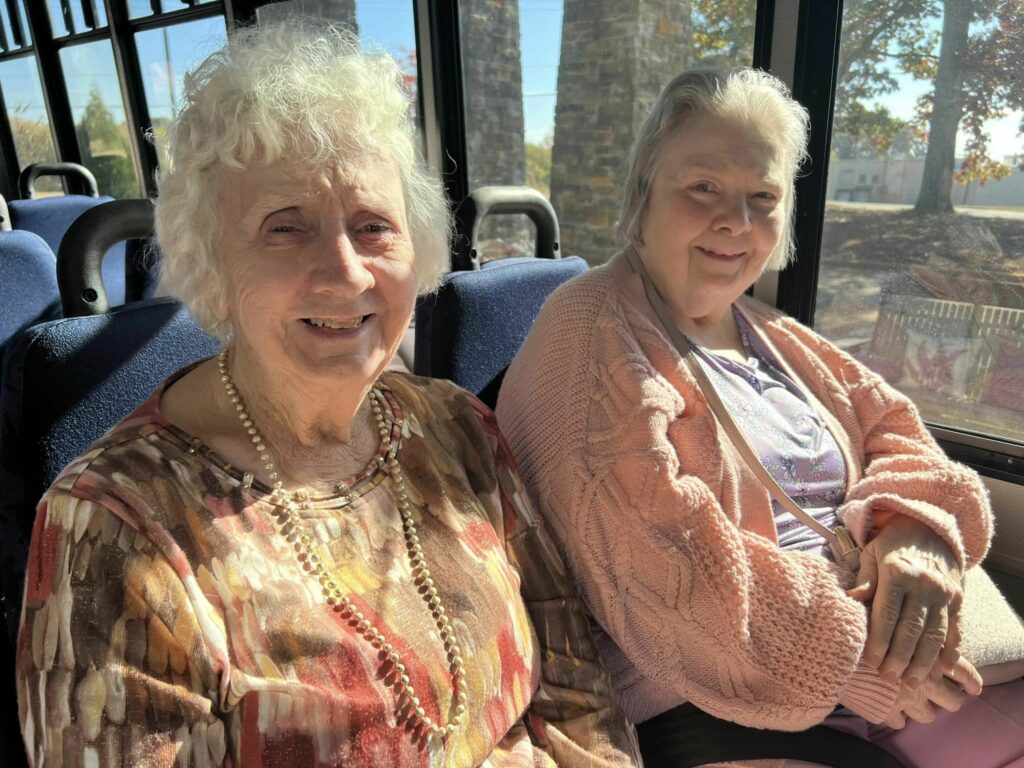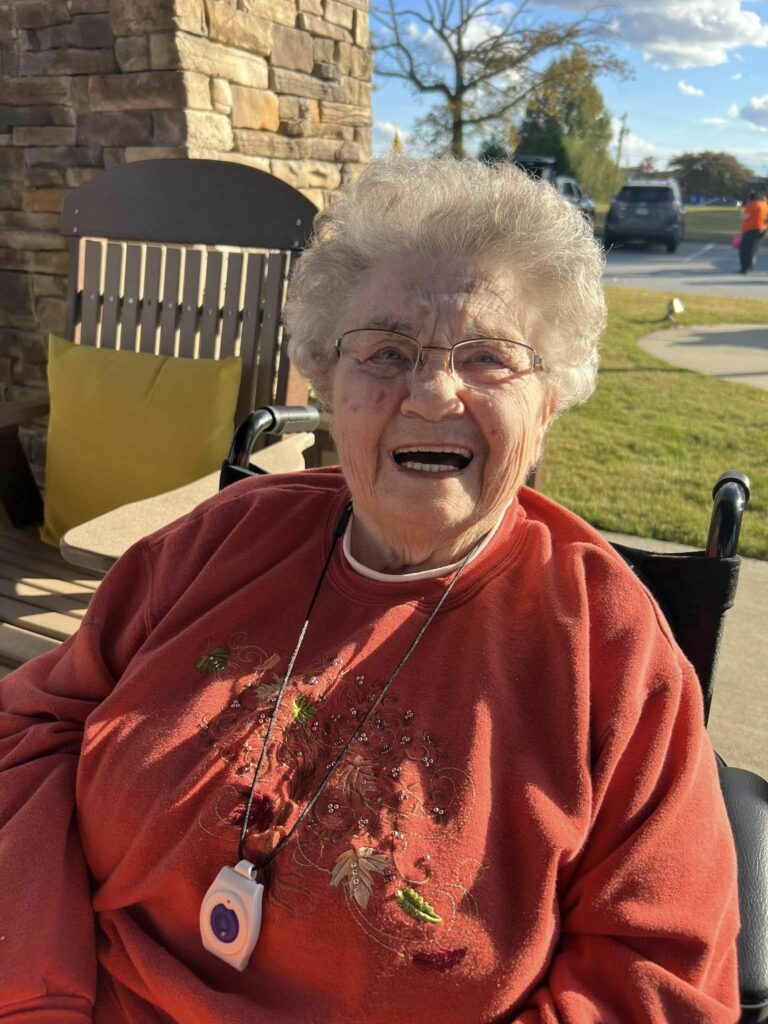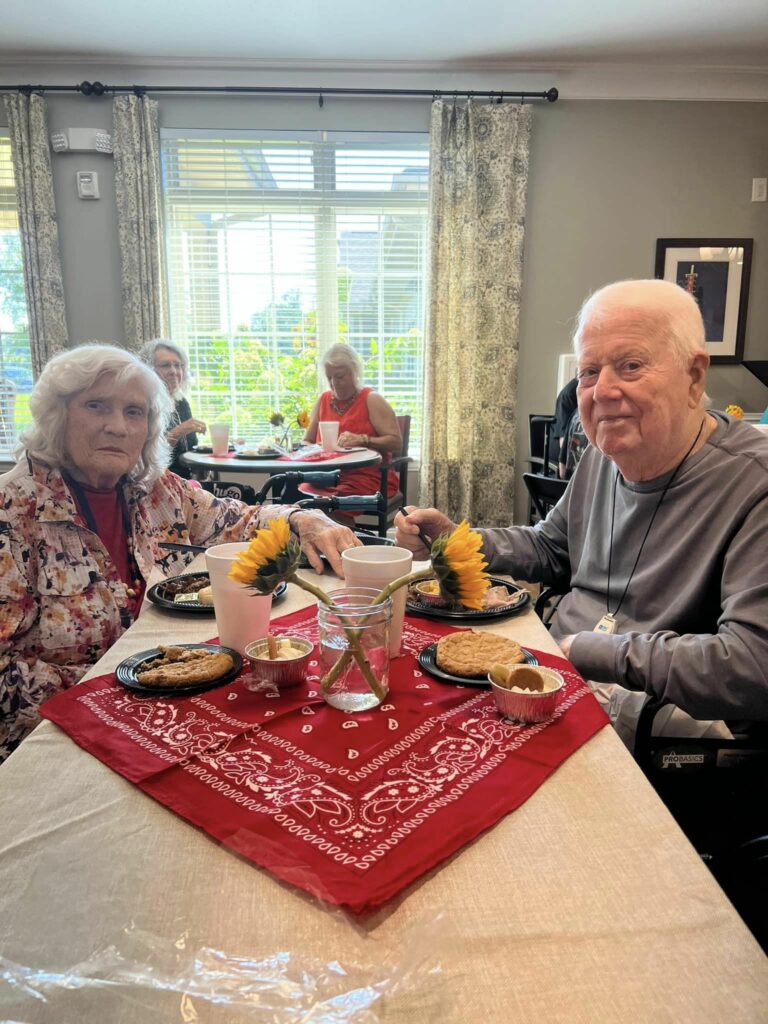Welcome to the enlightening exploration of Assisted Living versus Skilled Nursing Facilities. This journey delves deep into the heart of elder care choices, offering clarity and insight to seniors and their families as they navigate this significant decision-making process.

Defining the Terrain:
Assisted Living, a beacon of personalized support and independence, provides a residential option for seniors requiring assistance with activities of daily living. Beyond mere accommodation, these communities foster a sense of belonging and purpose, offering tailored care services while preserving individual autonomy.
On the other hand, Skilled Nursing Facilities represent a haven of skilled medical care and supervision, catering to individuals with complex health needs requiring round-the-clock attention. These facilities offer a comprehensive spectrum of medical services, ensuring the highest standards of care for residents with acute or chronic conditions.
Empowering Through Understanding:
As we embark on this journey, it’s crucial to acknowledge the emotional weight and significance of this decision for seniors and their families. It’s a process marked by profound considerations of safety, well-being, and dignity. Understanding the unique needs and aspirations of each individual is paramount in guiding this journey towards the most suitable care option.
Active Lifestyle and Social Engagement:
In exploring the realm of Active Lifestyle and Social Engagement, both Assisted Living and Skilled Nursing Facilities offer opportunities for residents to engage in various activities and social interactions. However, the degree to which these experiences are facilitated may differ significantly between the two options.
In Assisted Living communities, emphasis is placed on promoting an active and socially enriched lifestyle for residents. These communities often boast a diverse array of recreational programs, fitness classes, and social events tailored to meet the interests and abilities of residents. From group outings to local attractions to on-site hobbies and clubs, residents are encouraged to participate actively in community life, fostering a sense of camaraderie and belonging. Moreover, the design of Assisted Living facilities often prioritizes communal spaces and amenities conducive to social interaction. Common areas such as lounges, dining rooms, and outdoor spaces are thoughtfully designed to facilitate spontaneous gatherings and meaningful connections among residents. The staff members in Assisted Living communities also play a pivotal role in fostering social engagement, organizing group activities, and providing companionship and support as needed.
In contrast, while Skilled Nursing Facilities may offer some opportunities for socialization and recreational activities, the focus is primarily on meeting residents’ medical needs and ensuring their safety and well-being. While efforts are made to provide social activities and programs, such as group therapy sessions or occasional outings, the scope and frequency of these activities may be limited compared to Assisted Living communities. Additionally, the physical environment of Skilled Nursing Facilities, often characterized by clinical settings and shared rooms, may inadvertently hinder social interaction and engagement among residents. Limited common areas and a more structured daily routine may contribute to a less dynamic social environment compared to the more vibrant and community-oriented atmosphere found in many Assisted Living communities.
Overall, while both Assisted Living and Skilled Nursing Facilities recognize the importance of promoting social engagement and an active lifestyle for residents, Assisted Living communities typically offer a more robust and fulfilling experience in this regard. Through a combination of tailored programming, community-focused design, and dedicated staff support, Assisted Living communities foster a vibrant social atmosphere that enhances residents’ quality of life and well-being.
Homelike Environment:
Creating a homelike environment is paramount in ensuring the comfort and well-being of residents in both Assisted Living and Skilled Nursing Facility settings. However, the execution and emphasis on this aspect can vary significantly between the two options. Let’s explore how each option approaches the creation of a homelike environment:
Assisted Living:
Private Living Spaces: Many Assisted Living communities offer residents the choice between private apartments or rooms, resembling a traditional home setting. These living spaces are typically equipped with personal furnishings, allowing residents to personalize their surroundings and maintain a sense of familiarity.
Community Amenities: Assisted Living facilities often feature a range of amenities designed to evoke the comforts of home. These may include communal dining areas reminiscent of family kitchens, cozy lounges for socializing and relaxation, and landscaped outdoor spaces for leisurely strolls or gardening.
Homelike Touches: From décor choices to the layout of common areas, Assisted Living communities strive to incorporate homelike touches throughout their environments. Warm color palettes, comfortable furnishings, and inviting décor create a welcoming atmosphere that promotes a sense of belonging and comfort.
Family Involvement: Assisted Living communities encourage family involvement and engagement, recognizing the importance of maintaining connections with loved ones. Visiting hours are typically flexible, and families are often welcomed to participate in community events and activities, fostering a sense of extended family and community support.
Skilled Nursing Facilities:
Shared Living Spaces: In Skilled Nursing Facilities, residents may often share rooms or living spaces, resembling a more institutionalized setting. While efforts are made to ensure privacy and comfort for residents, the shared nature of accommodations may detract from the homelike ambiance found in Assisted Living settings.
Functional Design: Skilled Nursing Facilities prioritize functionality and accessibility in their design, focusing on meeting the medical and physical needs of residents. As a result, the aesthetic appeal and homelike elements may take a back seat to considerations such as safety, mobility, and ease of care.
Limited Personalization: Due to the shared nature of living spaces and the emphasis on efficiency and practicality, residents in Skilled Nursing Facilities may have fewer opportunities for personalization and customization of their living environments compared to Assisted Living communities.
Structured Routine: Skilled Nursing Facilities often adhere to a more structured daily routine, which may include set meal times, medication schedules, and care routines. While this structure can provide stability and support for residents, it may also contribute to a more institutionalized atmosphere, lacking the warmth and flexibility of a homelike environment.
In summary, while both Assisted Living and Skilled Nursing Facilities aim to provide a comfortable living environment for residents, Assisted Living communities typically excel in creating a homelike atmosphere through private living spaces, inviting amenities, personalized touches, and a focus on fostering a sense of community and family.

Financial Flexibility:
When it comes to financing elder care, understanding the financial landscape of Assisted Living versus Nursing Homes is essential. Each option presents unique cost structures and financial considerations that can impact individuals and families differently. Let’s explore the financial dynamics of Assisted Living and Nursing Homes, and whether one offers cost advantages over the other:
Assisted Living:
Transparent Pricing: Assisted Living communities often operate on a transparent pricing model, where residents or their families pay for accommodation and services directly. This clear fee structure typically includes rent for the living space and additional charges for care services tailored to individual needs.
Customizable Services: One of the notable aspects of Assisted Living is the ability to customize services based on the level of care required. Residents can choose from a range of service packages or à la carte options, allowing them to tailor their care plan and control costs accordingly.
Financial Assistance Options: While Assisted Living is primarily a private pay option, some residents may qualify for financial assistance through long-term care insurance policies or government programs like Medicaid, depending on their financial situation and the level of care needed.
Potential Cost Savings: For individuals who do not require intensive medical care or skilled nursing services, Assisted Living may offer cost advantages over Nursing Homes. By focusing on providing assistance with activities of daily living rather than medical treatment, Assisted Living communities may provide more affordable options for seniors seeking supportive care in a residential setting.
Nursing Homes:
Complex Fee Structures: Nursing Homes typically have more complex fee structures compared to Assisted Living, reflecting the higher level of medical care and supervision provided. Costs may include accommodation fees, charges for skilled nursing care, therapy services, medical supplies, and specialized equipment.
Government Coverage: Medicare may cover short-term stays in Nursing Homes for eligible individuals requiring skilled nursing care following a hospitalization. Long-term care financing options may include Medicaid for those with limited financial resources, but eligibility criteria can be strict, and coverage may not always meet residents’ needs.
Financial Planning Challenges: Planning for Nursing Home care can pose challenges due to the high costs involved and limited financial assistance options for many individuals. Long-term care insurance, personal savings, and other financial planning strategies may be necessary to cover expenses and ensure access to quality care.
In exploring the financial aspects of elder care, it’s essential to consider the unique needs and circumstances of each individual or family. While both Assisted Living and Nursing Homes offer options for long-term care, the cost implications and financial assistance options vary significantly between the two, highlighting the importance of thorough financial planning and exploration of available resources.

Financial Support at Oakview Park: Explore Your Options Today!
At Oakview Park, we understand the importance of financial peace of mind when it comes to elder care. That’s why we’re committed to providing support and assistance to help you navigate the financial aspects of your journey with us. Whether you’re exploring long-term care insurance, government assistance programs, or other financing options, our dedicated team is here to guide you every step of the way. Click here to learn more about the financial support available at Oakview Park and how we can help you plan for a secure and comfortable future.

